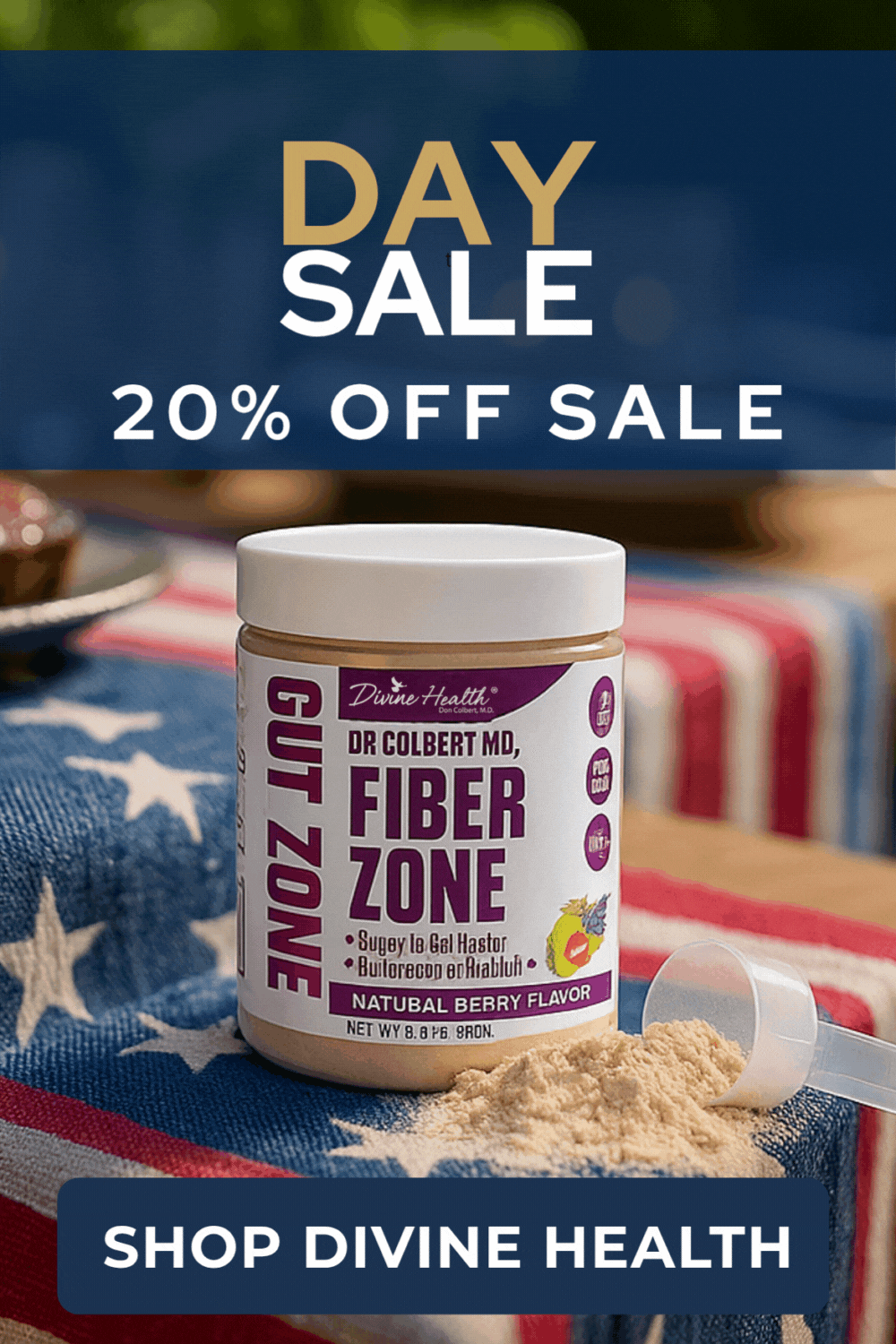When eating an apple, you would have never realized how it landed on your platter. According to your imagination, the farmer must have picked the apples, loaded them in a truck, and shipped them to the fruit market for selling. Sounds simple, but it’s not a fact. The food you consume goes through many processes that include treating the food with antibiotics, giving it a chlorine bath, and coating it with wax before making all food available to customers. Many of these processes are quite safe; a few are indeed harmful for health, and most are just plain waste of money.

- Wax Coating On Food Products
Manufacturers often coat certain fruits and vegetables with wax to prevent the growth of mold, dehydration during storage, and bruising. Luke LaBorde, associate professor of Food Science at Penn State University says that our body is unable to digest wax so there is no reason that you avoid the consumption of wax coated food produces. Also, the FDA has not listed any rule to label foods that are waxed. So, if you want to avoid eating food products that are waxed, you need to check for signs that indicate wax coating. Fruits and vegetables having an artificial shine are definitely coated with wax.
Joan Salge Blake, RD, nutrition professor at Boston University and spokesperson for the Academy of Nutrition and Dietetics, says that some people peel their food products to remove the wax coating. However, this is not a good practice since peeling removes most of the important phytonutrients and fibers that are present in and underneath the peel. It is best to wash the food produces with a little soap and water to remove wax coating.
- Dyed Oranges
You may be startled to learn this, but most of the Florida oranges available early in the season are sprayed with the Citrus Red No. 2 dye to brighten their color. Usually, such oranges are kept aside for juicing, but still a few of these make their way onto grocery shelves. It is also important to note that the dye used to brighten oranges is approved by the FDA and used in very small quantities. But, still the Center for Science in the Public Interest cautions consumers that the dye is associated with various health related issues such as cancer in lab animals. The use of dye is prohibited with California oranges. In order to ensure the safety of consumers, the bags containing dyed oranges should be labeled accordingly since dye is not meant for consumption. Consumers should also avoid using orange peels in their cooking and for preparing candied orange peel.
- Other Foods That Are Dyed
There are many other food products that are dyed to make them look more delicious and healthy. Pumpernickel or wheat breads are often dyed with the caramel color so that consumers think they contain adequate amounts of wheat. The same dye is also used in a few roasted beef deli meats to make them a bit more beefier.
To make the pickles more vibrant, manufactures color them with a yellow dye. Marjorie Nolan Cohn, a spokesperson for the Academy of Nutrition and Dietetics and a New York City registered dietician says that such dyes are usually edible. If you found them listed on a label, be aware that the concerned food product may also contain other ingredients that are usually present in highly processed foods such as sugar and sodium.
- Olive Oil Along With A Cheaper Variety
Recently, extra virgin oil was under scrutiny for not containing authentic olive oil. Consumer reports state that most of the olive oils available on the market is mixed with some other oils such as canola or soybean. And, consumers pay the premium price to buy such so-called genuine extra virgin olive oil. According to Cohn, consumers are not only wasting their money but also putting their heart health at risk by consuming such adulterated olive oils.
- Chicken After A Bath
The trip of chicken from the farm to your kitchen top is not an easy one. Don Schaffner of the department of Food Science at Rutgers University stated that once the chickens are slaughtered, they are dipped in a large tank of cold water that contains chlorine to cool them down and control contamination and growth of harmful bacteria. The process is quite safe as confirmed by the USDA and FDA, but if consumers prefer, they can buy air-chilled poultry to avoid chickens treated in this manner.
Apart from this cooling treatment, most manufacturers perform an unhealthy process to increase the flavor of raw meat. They do so by injecting saltwater to raw meat. Most Americans are consuming more than the recommended amounts of sodium so they should read the ingredients carefully before purchasing chicken. Usually, chickens that are unaltered are composed of only forty to seventy milligrams of sodium per four ounce of serving. However, on the other hand, chickens that are injected are composed of three hundred milligrams or more of sodium.














